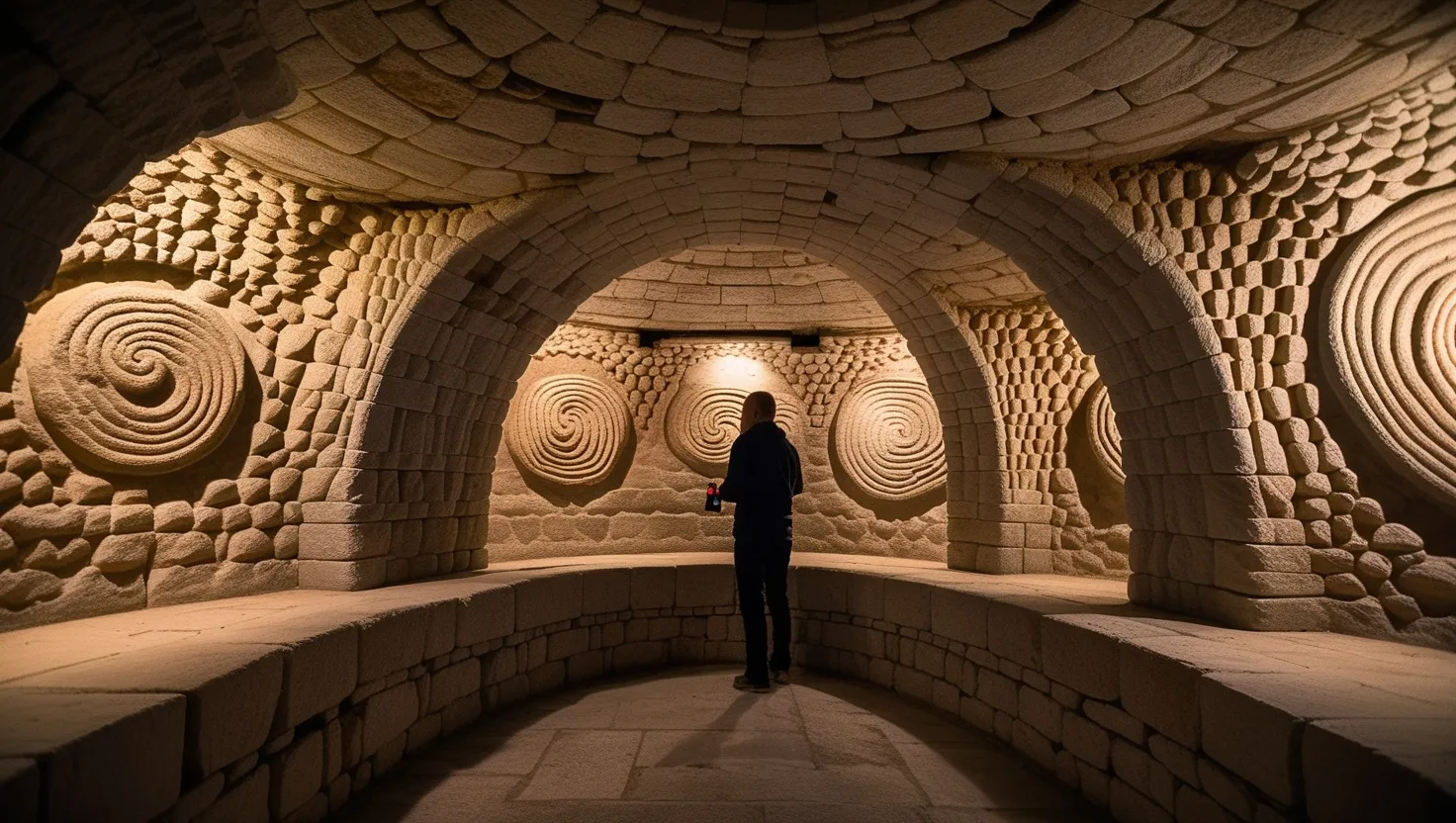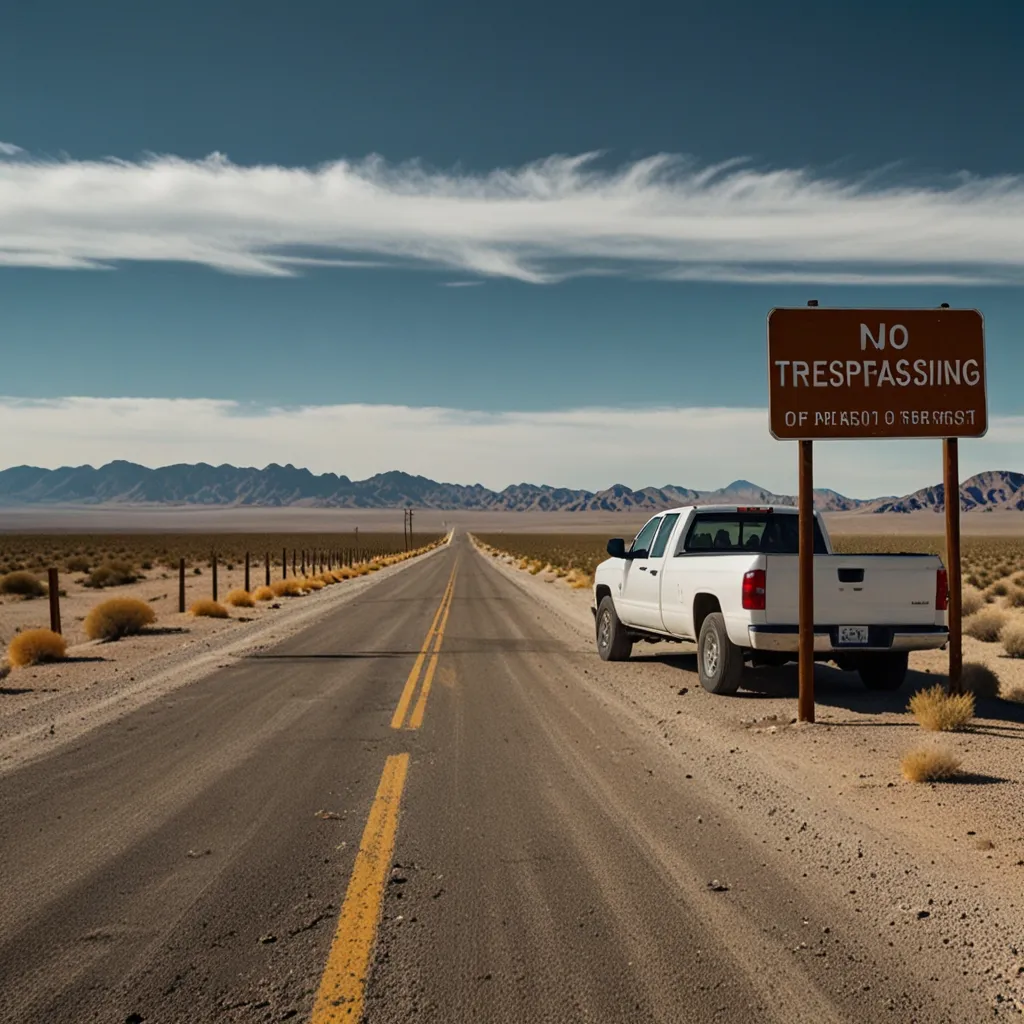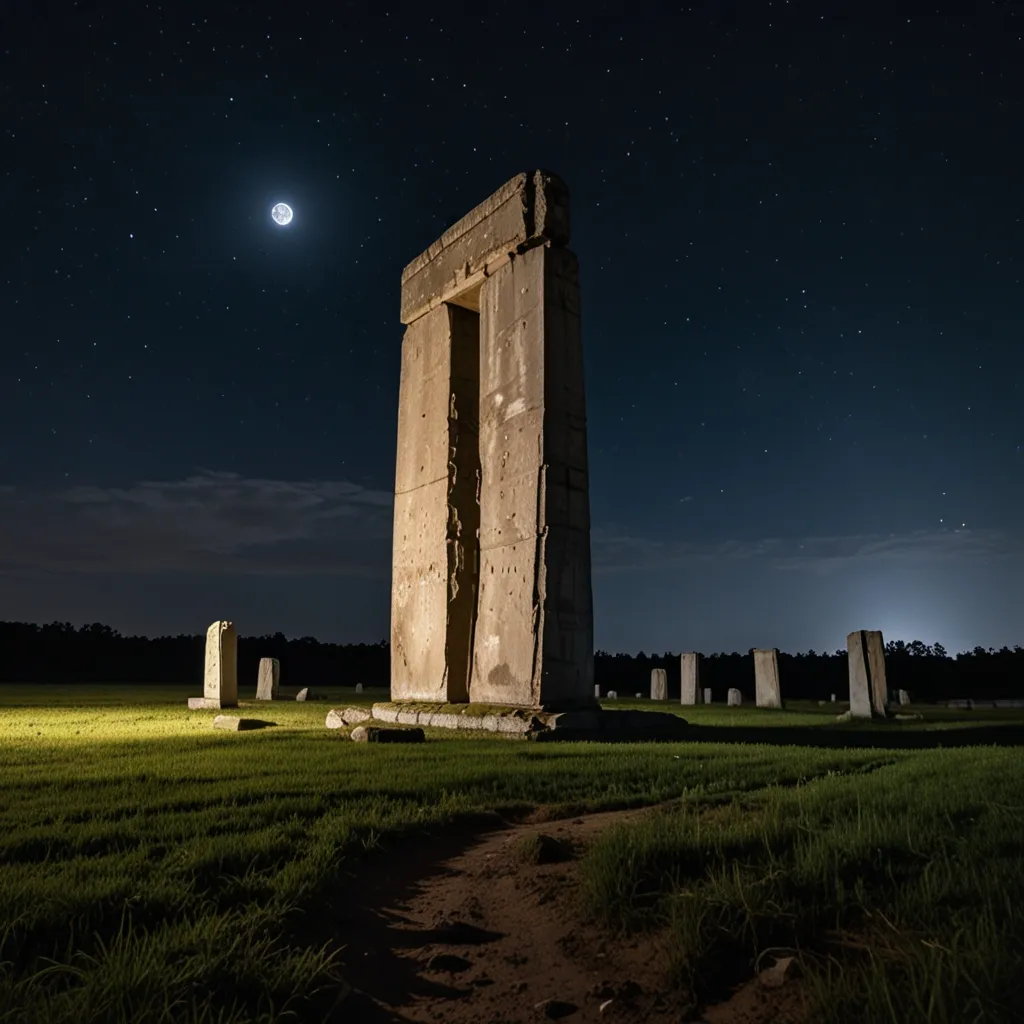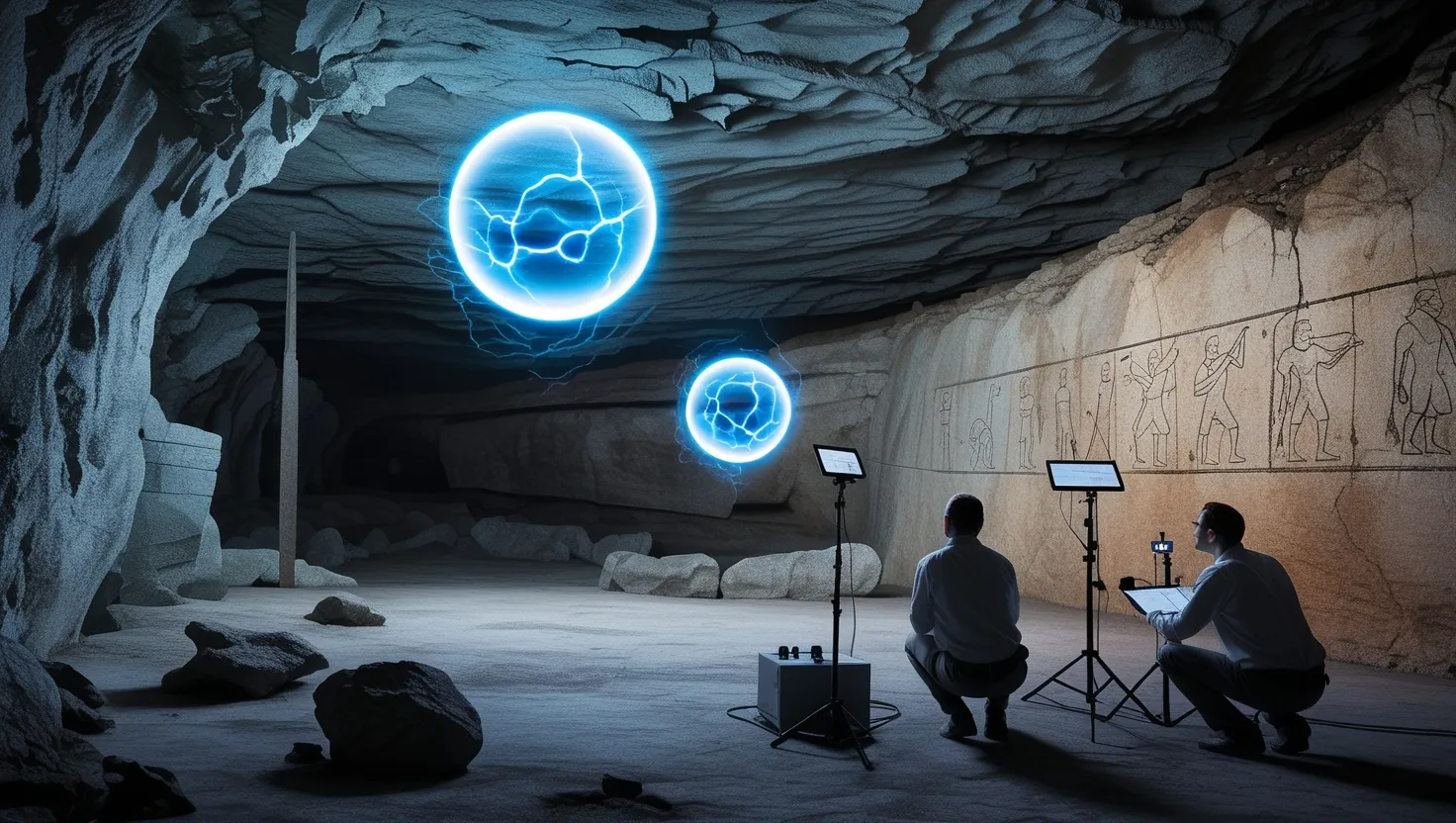Hidden beneath Malta’s surface, ancient stone chambers hum with deep, old music that science still struggles to explain. If you stand inside the Ħal Saflieni Hypogeum’s Oracle Room, as I have, and you let your voice slip into a low chant, something strange happens—the stones themselves seem to sing back, vibrating through your body and blurring the line between sound and sensation. Have you ever felt sound that you could almost touch?
Most people know Malta as a sun-washed jewel, studded with ruins that are older than the pyramids. Fewer realize those ruins have acoustic secrets. We often imagine ancient builders carving and stacking stone for shelter or worship, but in Malta, they also built for sound. Over 5000 years ago, these people shaped limestone so precisely that certain chambers—like the one in the Hypogeum—respond to a specific kind of voice, amplifying a narrow band of deep frequencies. It’s not random; careful studies show that the Oracle Room, especially, is tuned to a resonance of 110 Hz, a vibration that can alter brain activity, heighten emotions, and even change group dynamics.
“Music expresses that which cannot be put into words and that which cannot remain silent.”
– Victor Hugo
Each temple tells its own story. When researchers first mapped the acoustics of Malta’s megaliths, they found that linking shapes and densities in the stone produced perfect standing waves. Some frequencies, like 110 Hz, grow stronger within the stone shell. Others fade away almost as soon as they’re spoken. In the Oracle Room, the effect is so pronounced that a single male voice can fill the entire structure with vibrating tone—even when it’s spoken softly. Higher voices, or female voices, don’t set the stones singing in the same way. Why do you think the builders chose this frequency? Can you picture an ancient ritual where a select few were entrusted to make the chamber come alive?
What fascinates me most is that all of this was achieved long before writing, mathematics, or physics were known on European shores. These people moved and shaped multi-ton blocks using only stone tools, simple ingenuity, and—some speculate—a deep awareness of sound’s effects on body and mind. No instructions were left behind; only the humming tombs themselves act as clues. Why did these methods suddenly appear, and why did they disappear just as abruptly?
“Architecture is frozen music.”
– Johann Wolfgang von Goethe
A strange pattern emerges from the archaeological record. Malta’s builders developed wildly advanced acoustic spaces. But after the peak of the temple culture—roughly 2500 BCE—this knowledge vanished without a trace. Later structures on the island lack any sonic specialization. If these mysterious chambers were so central to prehistoric life, why didn’t the tradition continue? Did the technology belong to a single generation? Was the knowledge lost to disaster, migration, or simple forgetfulness?
I often wonder if we’re missing the emotional intent behind these spaces. While modern people see architecture as shelter or display, prehistoric Maltese might have understood sound as a doorway—something that could move the spirit, heal the body, or even bond a community. Recent experiments inside the Oracle Room show that exposure to the 110 Hz resonance changes brain patterns linked to creativity and emotional intensity. Some researchers speculate that rituals conducted here could have caused trance, unity, or visionary experience among participants. Imagine a burial ceremony not just marking death, but guiding the living through transformative sound.
“Without music, life would be a mistake.”
– Friedrich Nietzsche
The Hypogeum also raises some practical questions. What did the rituals sound like? Were only certain individuals allowed to chant within the Oracle Room? The chamber itself is decorated with intricate spirals painted in red ochre—the only prehistoric paintings in Malta—and these motifs seem to invite movement, flow, and repetition. The main chamber, circular and domed, may have been used for processions or performance, gradually building up intensity before reaching the Oracle Room. Some experts suggest the entire structure was oriented to match the winter solstice, connecting the cycles of sound and light.
What does it mean to create a building that “sings” with the voice of a chosen few? Is it coincidence that the resonance falls within the pitch of average male speech, but not female? Could the distinction have played a role in ritual hierarchy, or represented an ancient belief about the power of voice? No written record exists to answer these questions. The stones speak for themselves—but only if you ask with the right tone.
“Sound is the vocabulary of nature.”
– Pierre Schaeffer
Let me pose a hypothetical to you: If the Hypogeum’s acoustic resonance could trigger altered states of consciousness, perhaps it wasn’t just burial and mourning that brought people underground. Maybe the tombs hosted rites where music and sound played a healing or initiatory role. In some cultures, low-frequency sound was believed to drive away illness or grant wisdom. In others, resonant chambers became sacred spaces where individuals united as one through shared vibration. Malta’s singing tombs hint at these possibilities but do not confirm them.
Another curiosity lies in the materials. Maltese limestone, soft and porous, absorbs and amplifies sound differently than granite or sandstone. Ancient builders seem to have chosen this stone for its acoustic properties as much as its availability. Experiments show the density and shape produce highly directed waves, explaining why sound in the Oracle Room feels so all-encompassing. Is it accidental, or perhaps guided by a kind of “listening engineering” that disappeared before it could be shared?
“Where words leave off, music begins.”
– Heinrich Heine
If I consider the experience of standing inside these chambers, whispering and listening to the hum, I see a bridge linking ancient and modern intuition. Architecture today is filled with technical terms—decibel levels, echo times, amplitude—but in Malta’s tombs, the feeling comes first. The experience isn’t intellectual; it’s emotional, immersive, almost magical.
Were the chamber builders scientists or shamans? Did they measure resonance through ritual practice, or by trial and error across generations? No tools have been found for sound measurement, yet the precision rivals anything available today. The singing is so specific, so attuned to natural frequency, that some have speculated about lost knowledge, or outside influence. Others caution against fantasy, pointing out the complex geometry needed to produce these effects.
“Music gives a soul to the universe.”
– Plato
Malta’s other megalithic ruins provide some clues. Above ground, stone circles and passage tombs show similar preferences for shape and orientation, yet lack the same intensity of resonance. The Hypogeum alone offers a subterranean labyrinth where the acoustic design is unmistakable. Here, more than 6,000 individuals were interred, among beads, amulets, and pottery fragments. The dead were not buried alone, but in communal piles. The chamber thus served as both tomb and theater—a place to honor ancestors, and perhaps to enact the unity of the living through shared vibration.
“After silence, that which comes nearest to expressing the inexpressible is music.”
– Aldous Huxley
We should also consider what’s missing. Later generations seem to have lost the tradition, even as surface temples expanded and population increased. No written history survives to bridge the gap. Even today, visitors to the Hypogeum are not allowed to recreate the full acoustic effect, both out of respect and preservation—too many voices could damage the fragile paint and stone. So the secret hum persists, guarded by guides and curators, offered only to those who dare to imagine its purpose.
What do you think is the legacy of Malta’s singing tombs? Are we meant to listen for practical lessons, or simply marvel at the mystery? As I reflect on their age, I find myself wondering whether humankind will ever truly understand their intent—or whether resonance itself is the message, a language beyond words that binds us to those who came before.
“Music is the strongest form of magic.”
– Marilyn Manson
Try to imagine yourself deep underground, the only light ancient torch flame, the only sound a voice that calls the stones to life. At that moment, music and architecture are not separate things. They are one. Malta’s humming tombs continue to vibrate, whispering an ancient invitation—do you hear it?






